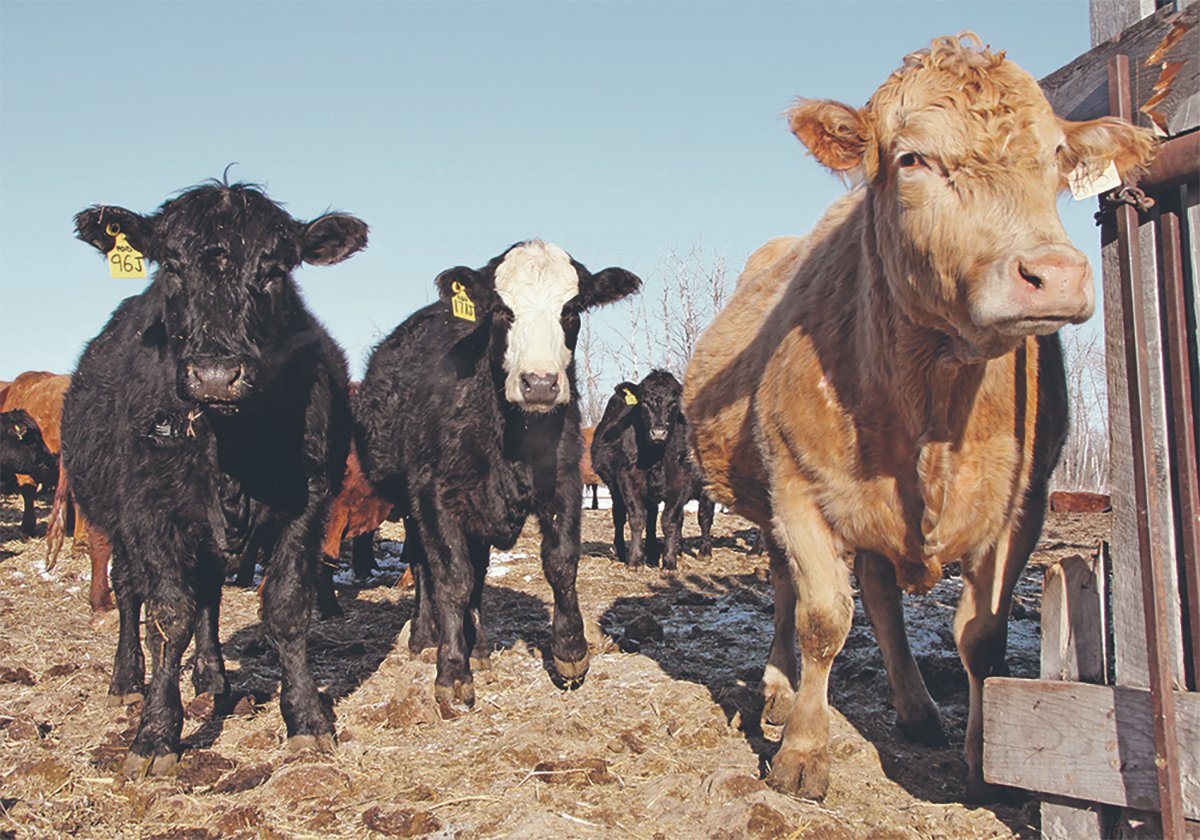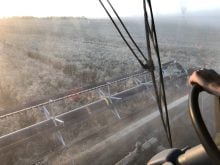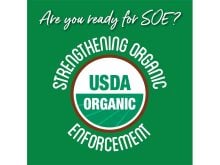SASKATOON – The shape of the Canadian beef industy is about to change. Two giant American beef packers now control almost the entire packing industry in Western Canada.
IBP, which recently purchased Lakeside Packers in Brooks, Alta., announced it will double the cattle slaughter capacity to 4,000 head a day. Only a few days earlier Cargill announced it would be using double shifts at its plant to increase slaughter capacity to 4,200 head a day.
Together the two companies will be slaughtering at least 40,000 head per week, about 10,000 more than the province’s former total of 30,000 in weekly kill.
Read Also

Livestock inspection costs increase in Saskatchewan
The Sept. 1 50-cent increase to livestock inspection fees may seem like another hit when everything is going up, but the chief executive officer of Livestock Services of Saskatchewan said producers should consider the value they receive in return.
“Anybody considering getting into the business better think twice,” said Jim Pattillo, president of XL Foods, of Calgary.
Pattillo said he doesn’t know what this means for his company. With production of 1,000 cattle a day, he’s hoping the giants will think him too insignificant to worry about.
Nor is he about to get drawn into a bidding war with the pair.
“They’re like big cock pheasants pounding their chest. There’s no sense fighting over Canadian cattle in a Canadian market because the market is not significant.”
Pattillo has no qualms about laying blame on Vencap Equitites Ltd., a provincial lending agency, for allowing Americans to dominate the slaughter industry.
He said Vencap, a shareholder in Lakeside, could have negotiated a better deal for Canadians when it sold the operation, instead of “throwing the Canadian beef industry into American hands.”
Steve Kay, editor of Cattle Buyers Weekly, in California, said the announcements are the final pieces in the puzzle for the Western Canadian beef industry.
“Both the cow-calf and cattle feeding market are some of the most efficient in North America. They were only held back by a relatively inefficient processing industry,” said Kay, of California.
Alberta attracts IBP north
With Alberta now the fifth largest cattle feeding region in North America, behind Texas, Nebraska, Kansas and Colorado, it’s no surprise IBP moved north, he said.
Canada has about 2.6 million cattle on feed, about 1.7 million of them in Alberta. Industry officials estimate the additional plant capacity will mean another 925,000 cattle will be utilized each year.
Last year total cattle exports were 990,000 head and about 94 percent of those exports came from Western Canada, said Anne Dunford, senior market analyst with Canfax.
While some packers and feedlot owners wonder where the extra beef will come from, exports are a logical assumption, said Dunford.
Ron Geitz, Alberta Agriculture market analyst, agreed the changes will fuel expansion of the cattle industry. “It’s good for the feedlot sector. It will create a lot of demand for fed cattle, especially in Alberta,” he said.
Steve Morrison, acting production manager with Western Canadian Beef Packers in Moose Jaw, said the announcements will have no affect on whether the company will reopen its Moose Jaw plant. It is preparing the 4,500 per week slaughter plant after a two-year strike.
















